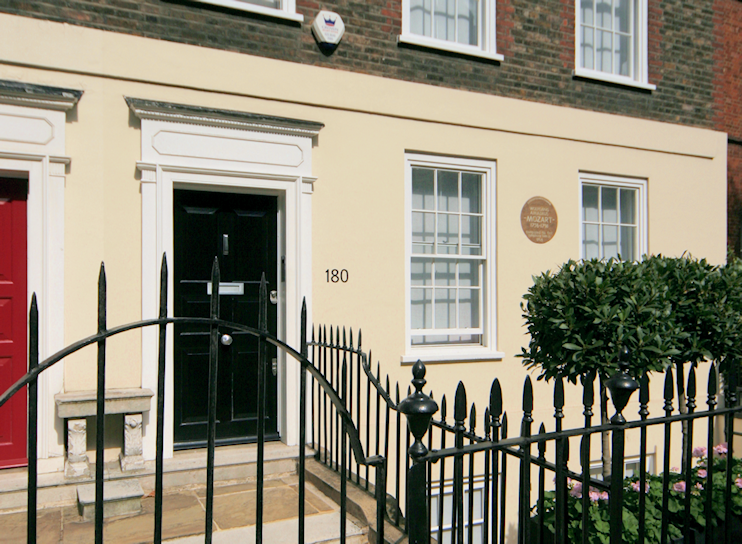Ebury
Ebury, Westminster
A half-recalled Saxon manor that once stretched from present-day Oxford Street southward to the Thames

Ebury was one of just a handful of Saxon settlements that lay in the vicinity of what is now Westminster. Arranged around a manor house, the village consisted of 29 households in 1086. In the 16th century Ebury Farm covered 430 acres and its farmhouse stood where Victoria coach station is now.
The estate was regularly leased by the Crown to court favourites until James I sold the freehold in 1623. A Temple barrister, Hugh Audley, purchased the marshy manor and it descended in 1666 to his grand-niece Mary Davies, then one year old.
Eleven years later Mary married Sir Thomas Grosvenor of Eaton in Cheshire. Their union was not a happy one: she went mad and he died young. But the Grosvenor family profitably developed the land and, as Belgravia came into existence and grew, the Ebury name dropped out of widespread usage. It is remembered today primarily in the context of street names.
Westminster council has designated the site of the medieval village an area of special archaeological priority.
In 1764 Wolfgang Amadeus Mozart composed his first symphony, Symphony No. 1 in E flat major, when staying with his family at what is now 180 Ebury Street, shown in the photograph at the top. He was eight years old at the time.
Ebury Street residents have included Ian Fleming, Noel Coward, Thomas Wolfe, Vita Sackville-West, and George Moore, who wrote Conversations in Ebury Street in 1924.
Postal district: SW1
Further reading: Simon Jenkins, The Selling of Mary Davies and Other Writings, John Murray, 1993
